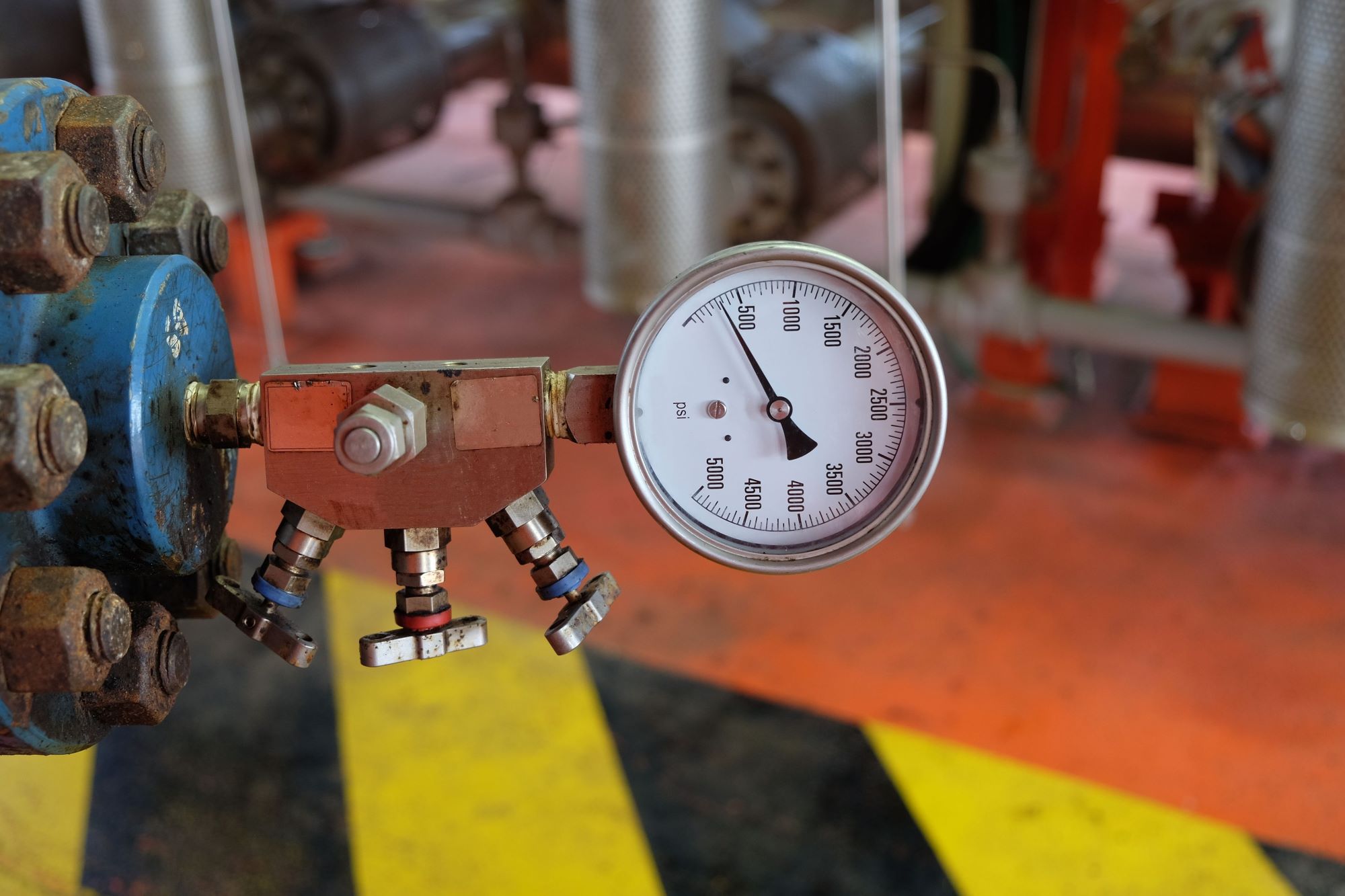Compressed air
Whilst specialist service providers will normally be engaged to install, service and maintain compressed air systems, the following general recommendations may help lower your electricity costs and save money by managing them more efficiently and taking a few proactive steps.
Operate compressed air systems efficiently
- Use compressed air only when necessary, and shut down your central compressor outside of business hours
- Maintain air pressure at the lowest pressure you can, as overly high air pressure can result in greater leakage, damage your equipment and increase running costs
- Reduce the discharge pressure to the minimum required by the system
- Smaller compressors run most efficiently at full load, so choose the smallest compressor possible to suit your needs. One larger, underutilised compressor is usually less efficient than two smaller, fully utilised compressors.
Energy efficient compressor systems
- Fit your existing compressed air systems with variable speed drives (VSDs) to achieve energy savings of up to 50%
- Replace your old compressor filters with new, more energy efficient filters with lower pressure drops
- Consider replacing your old drain valves with new electronic sensing drains which discharge only when necessary, to save you five times the purchase price in wasted air each year
- Installing air storage can help minimise electricity usage and improve air delivery
- Use automatic sequencing controls to ensure compressors are sequenced
- Use shut-off timers on all air compressors and install microprocessor controls on compressor systems to improve efficiency
- Decrease electricity use by having the shortest distance possible from the air compressor to appliances
- Utilise heat recovery to reduce your electricity costs, as up to 90% of electricity used by a compressor is lost as heat. You can recover around 80% of the hot exhaust air from the air compressor for uses such as heating water
- Fit pressure regulators to prevent higher air pressure than necessary being used.
Maintain your equipment
- Leaks can waste around 20% to 30% of the energy in a compressed air system, as well as contributing to problems with system operations. Fluctuating system pressures can also cause air tools and equipment to function less efficiently
- Set up a maintenance schedule to test valves, joints, hoses, drains and fittings, and check for leaks
- Check to make sure the V-belt is not too loose or too tight, as this can put extra load on both the motor and the compressor
- Prevent dirt from entering the compressor to ensure clean filters and clear air flow to the compressor
- A timer and solenoid valve can help to maintain the air receiver in good condition. Ensure it is drained effectively at regular intervals, and install compressor air intakes where they will receive the coolest possible air
- Ensure your purge cycle on dryers doesn’t run for longer than is necessary to dry out material.

